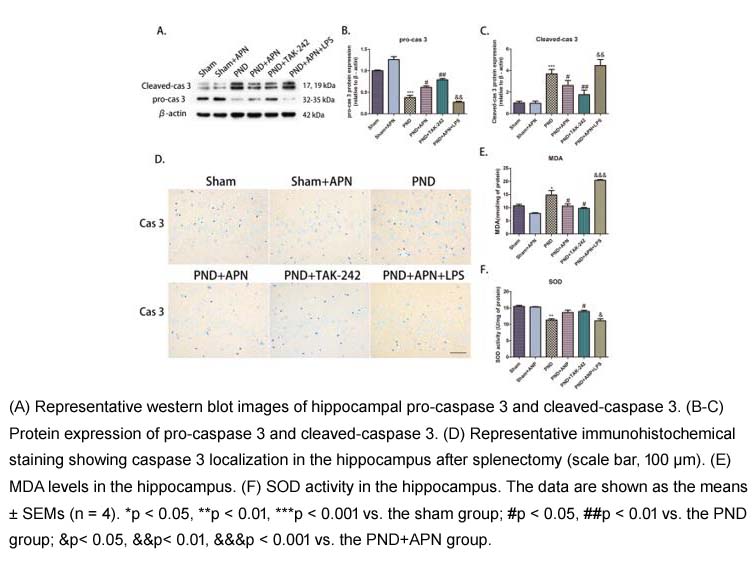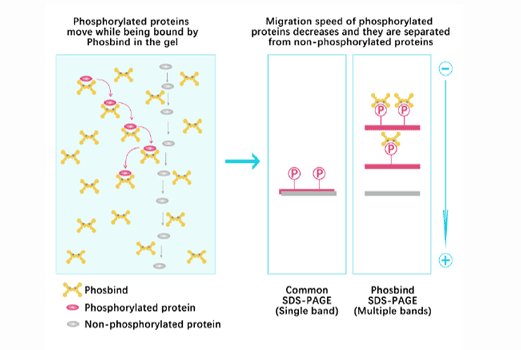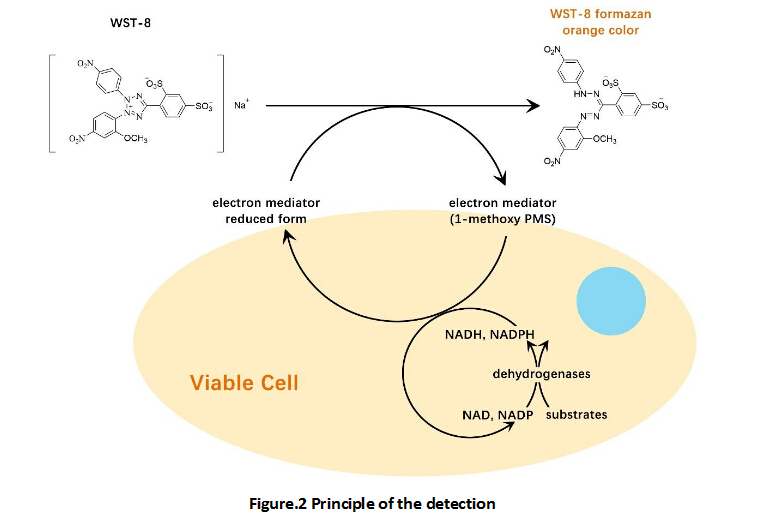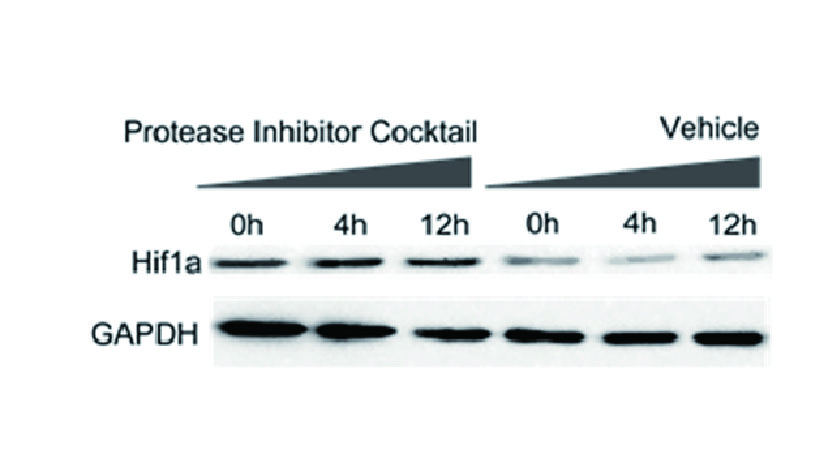ANP (1-11), rat
Atrial Natriuretic Peptide (ANP) (C49H84N20O15S) has the sequence of H-Ser-Leu-Arg-Arg-Ser-Ser-Cys-Phe-Gly-Gly-Arg-OH, is a 28 amino acid peptide that is synthesized, stored, and released by atrial myocytes in response to atrial distension, angiotensin II stimulation, endothelin, and sympathetic stimulation. ANP is a powerful vasodilator, and a protein (polypeptide) hormone secreted by heart muscle cells. It is involved in the homeostatic control of body water, sodium, potassium and fat (adipose tissue). It is released by muscle cells in the upper chambers (atria) of the heart (atrial myocytes), in response to high blood pressure. ANP acts to reduce the water, sodium and adipose loads on the circulatory system, thereby reducing blood pressure.
Ref:
1. Widmaier, Eric P.; Hershel Raff, Kevin T. Strang (2008). Vander's Human Physiology, 11th Ed.. McGraw-Hill. pp. 291, 509–10.
2. Marieb Human Anatomy & Physiology 9th edition, chapter:16, page:629, question number:14
3. de Bold A (1985). "Atrial natriuretic factor: a hormone produced by the heart". Science 230 (4727): 767–70.
| Physical Appearance | A solid |
| Storage | Store at -20°C |
| M.Wt | 1225.38 |
| Formula | C49H84N20O15S |
| Synonyms | H2N-Ser-Leu-Arg-Arg-Ser-Ser-Cys-Phe-Gly-Gly-Arg-OH |
| Solubility | ≥122.5 mg/mL in DMSO; insoluble in EtOH; ≥43.5 mg/mL in H2O |
| SDF | Download SDF |
| Canonical SMILES | N[C@@H](CO)C(N[C@@H](CC(C)C)C(N[C@@H](CCCNC(N)=N)C(N[C@@H](CCCNC(N)=N)C(N[C@@H](CO)C(N[C@@H](CO)C(N[C@@H](CS)C(N[C@@H](CC1=CC=CC=C1)C(NCC(NCC(N[C@@H](CCCNC(N)=N)C(O)=O)=O)=O)=O)=O)=O)=O)=O)=O)=O)=O |
| Shipping Condition | Small Molecules with Blue Ice, Modified Nucleotides with Dry Ice. |
| General tips | We do not recommend long-term storage for the solution, please use it up soon. |
Quality Control & MSDS
- View current batch:
Chemical structure

Related Biological Data









